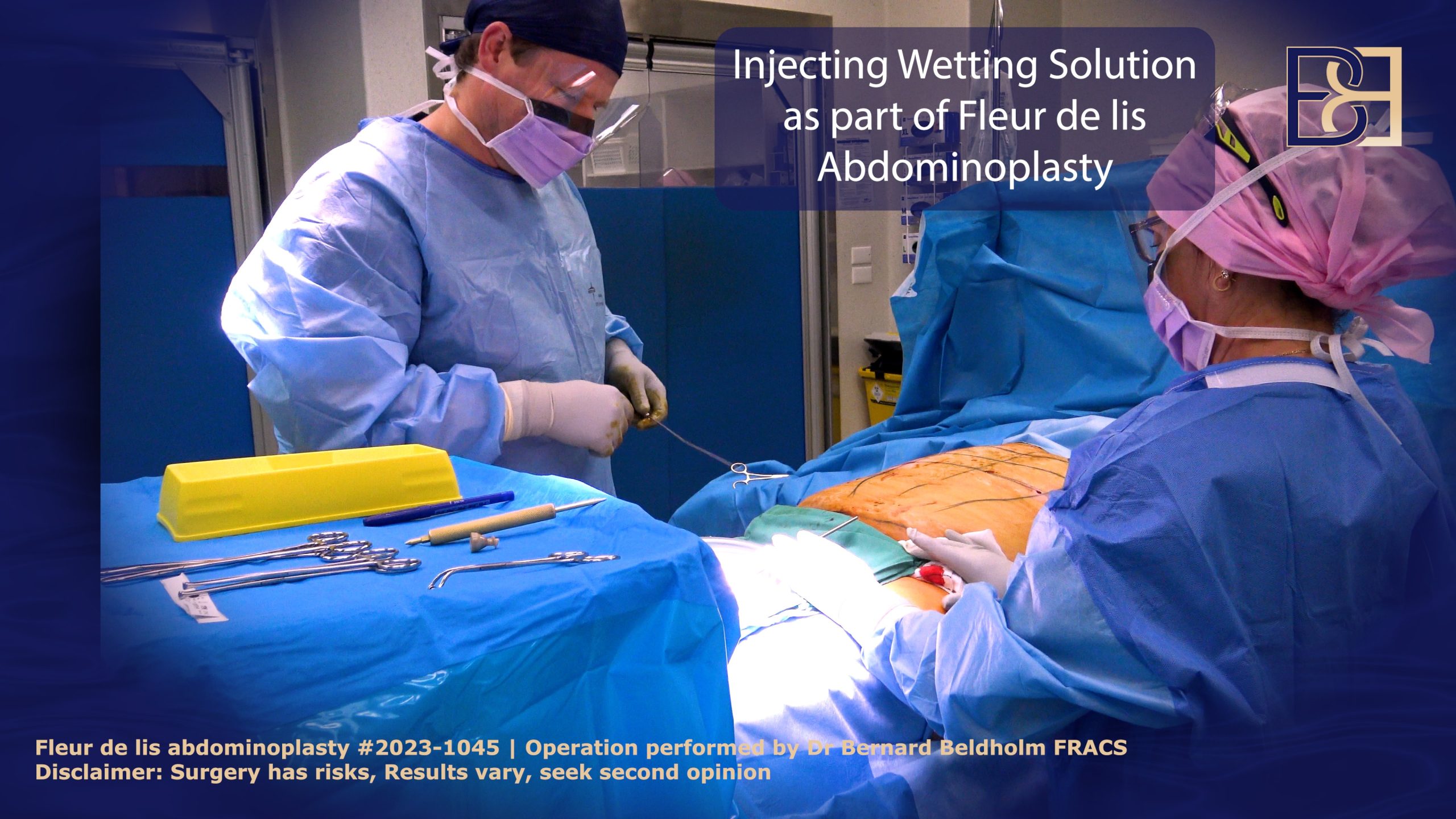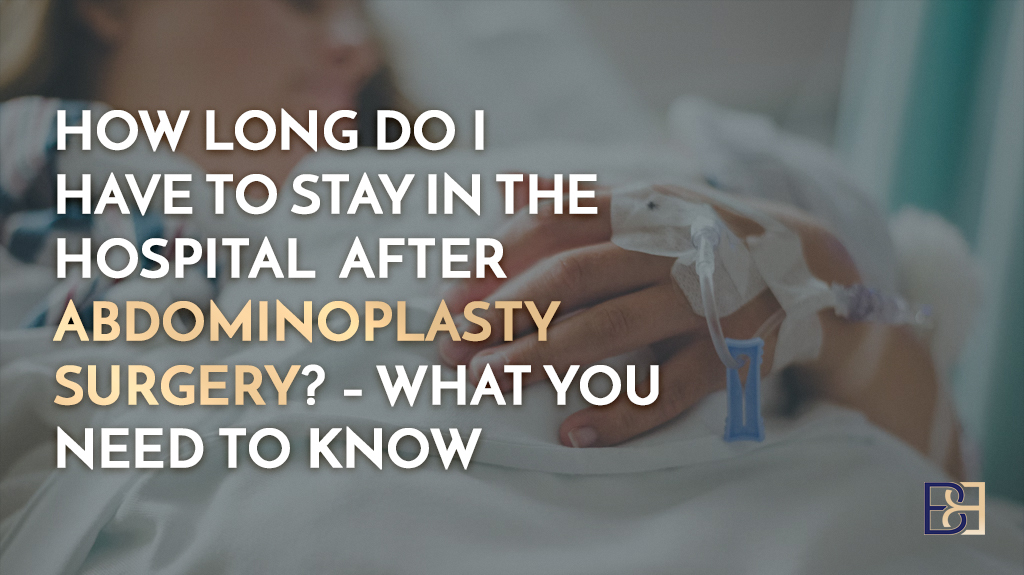Abdominoplasty hernia repair combines an abdominoplasty with hernia correction in one surgery. This procedure not only elevates the look of your abdomen but also treats the functional issues caused by hernias. By reading this article, you’ll learn how this surgery can benefit you, what the process includes, and how to prepare for and recover from it.
Key Takeaways
- Abdominoplasty hernia repair combines cosmetic and functional treatments, helping with muscle separation while enhancing appearance.
- Timely treatment is key for hernias; symptoms include a palpable lump, tenderness, and pain, which can lead to serious complications if ignored.
- Combining abdominoplasty and hernia repair reduces recovery time and risk, allowing for a more efficient surgical experience and better overall results.
Understanding Abdominoplasty Hernia Repair
Whether you’re dealing with a ventral hernia, umbilical hernia, or other types of abdominal wall hernias, this combined procedure can offer a comprehensive solution.
Abdominoplasty hernia repair is a combined surgical procedure that optimises aesthetics and functionality. Pointing to issues like muscle separation from weight loss or pregnancy, this procedure optimises your appearance and overall wellness, providing a comprehensive solution.
What is a Hernia?

Book your appointment online now
A hernia develops when there is a tear in the tissue or muscle that normally encases the intestines or fatty abdominal tissue. This causes a lump in the abdomen or groin, which can be painful. The protruding intestine or fatty tissue is encased in a thin membrane that lines the body cavity. Certain activities can worsen a hernia, such as bending over or lifting something heavy.
Common Hernia Causes
Different kinds of hernias have different causes. What they all share in common is that it starts with pressure from organs or intestines. Straining or lifting something heavy are two common activities that can lead to a hernia. While the body can normally withstand internal pressure, some patients have a weakness in the muscle or tissue that causes a break or tear. When this happens, the intestine or underlying fat gets pushed forward, causing a lump that is often painful.
Hernia Symptoms
While hernias can be painful, many are asymptomatic.
Common hernia signs and symptoms include:
- A lump on stomach or pubic region
- Tenderness near the lump
- Difficulty lifting heavy objects
- Pain when bending, coughing or straining
- Nausea, vomiting or constipation (severe or infected hernias)
- Minor hernias may have no symptoms
Types of Hernias

Hernias of the abdominal wall are common. Common hernia types include:
- Incisional hernia: A weakness in the muscle or tissue may follow after abdominal surgery, resulting in a hernia near the old incision site.
- Umbilical hernia: A weakness where the abdominal layers join near the belly button can cause a tear and lead to a protruding umbilicus. This is one of the most common hernias that are repaired during abdominoplasty surgery.
- Inguinal hernia: This hernia affects the groin and is more common in men. An abdominal weakness near the inguinal canal in the pubic region is the reason for its name.
- Femoral hernia: A lump just above the thigh where it meets the groin is known as a femoral hernia. It commonly occurs in older women.
- Spigelian hernia: A rare type of hernia affecting less than 2% of all patients, the spigelian hernia occurs near the surface abdominal muscles or lateral obliques.
- Epigastric hernia: A lump above the belly button but below the sternum is often an epigastric hernia. This is one of the most common hernia repairs during a tummy tuck.
Are Hernias Dangerous?
The severity of a hernia can vary. While hernias don’t always require immediate medical attention, it is a good idea to get checked out by your doctor anyway. In some cases, a hernia can cause the organs or tissue to become infected or obstructed. Aside from that, a hernia can be painful and worsen as time passes. If you think you have a hernia, schedule a visit to your doctor as soon as possible.
Many patients want to know, will a hernia go away on its own? Generally, hernias do not simply go away.
Hernia treatments include open or laparoscopic surgery. However, if you are interested in getting an abdominoplasty to remove loose skin, this provides a good opportunity to repair the hernia since abdominoplasty provides access to common hernia sites. That means you can fix two problems at once in a single surgery.
Hernia Treatments
There are two methods used in hernia repair surgery.
Stitching Hernias
It is possible to stitch hernias closed. However, in many cases this creates tension that can result in hernia recurrence. Unfortunately, hernia stitches have a high hernia recurrence rate compared to using mesh in many instances.
But hernia stitches should not be ruled out. In fact, they are very useful for repairing epigastric hernias and other ventral hernias during an abdominoplasty because during the procedure, the muscles are plicated (stitched), thereby reducing tension that would normally result in hernia stitch failure. So, for epigastric and certain ventral hernia repairs as part of a tummy tuck, stitches may be all that are needed to treat the patient successfully.
Hernia Mesh Repair

The second method is mesh hernia repair. This is often the preferred method to treat hernias. The principle is that the mesh provides strength and reduces tension on the wound, preventing hernia recurrence. Mesh repair is almost always better for treating incisional hernias in particular.
Using mesh offers a versatile solution to hernia repair. There are absorbable and non-absorbable meshes that come in many different brands and mesh shapes. A mesh can be placed atop, inside or under a hernia, depending on the surgeon’s approach.
As you can see, both stitches and mesh can be used to treat hernias performed during a tummy tuck (Abdominoplasty).
Special Considerations in Hernia Repair
A special consideration for hernia repair is the umbilicus. When performing an abdominoplasty, it is important to preserve the blood supply of the umbilicus. Normally, umbilical hernia repair is done by detaching the umbilicus. However, in tummy tuck surgery, the umbilicus should be preserved. This is accomplished by placing mesh underneath the umbilicus through an incision away from the umbilicus itself.
The Surgical Process for Combined Procedures
Combining an abdominoplasty with hernia repair involves multiple steps but is designed to be as efficient and effective as possible. This procedure treats various types of abdominal hernias. These include inguinal, umbilical, and incisional hernias. A thorough understanding of the abdominal wall and the necessary surgical intervention is necessary before proceeding.
The process can be broken down into detailed stages, starting with pre-surgery preparations.
Pre-operative Preparation

A thorough evaluation of medical history and current status is necessary before undergoing a combined abdominoplasty and hernia repair. This evaluation determines if combining hernia repair with abdominoplasty is feasible. Surgeons will perform a pre-surgery assessment to finalise the surgical plan and prepare for any potential risks.
Patients may need to make lifestyle adjustments to assist in recovery and minimise surgical risks. Proper preparation ensures the body is in the best possible condition to endure and recover from the surgery.
During Surgery

General anaesthesia is typically used during the combined procedure to ensure patient comfort throughout the operation. The surgeon begins with a horizontal incision at the bikini line to access the abdomen. This incision allows the surgeon to perform a herniorraphy while restructuring and suturing the abdominal muscles as part of the abdominoplasty.
Laparoscopic techniques for umbilical hernia repair alongside abdominoplasty can reduce recovery time and reduce complications. These techniques preserve umbilical blood flow and reduce complications.
The entire operation may last several hours, depending on the complexity of the hernia and the extent of the tummy tuck.
Post-operative Care
Post-operative care is crucial for a successful recovery. After the surgery, patients can expect the area to be bandaged, with drains placed to prevent fluid accumulation. A compression garment is typically fitted to support the abdomen and minimise swelling.
Following post-operative care instructions minimises complications and ensures a smooth recovery process. Patients should meticulously follow their surgeon’s guidelines to support healing and achieve the best possible results.
Risks and Complications
While the combined approach reduces complications by reducing the total number of surgeries, there are still potential risks. These risks include infection, bleeding, blood clots, poor wound healing, reactions to anesthesia, hernia recurrence, scarring, numbness, changes in skin sensation, asymmetry, and unsatisfactory aesthetic results.
Mesh repairs can significantly lower the chances of hernia recurrence compared to traditional methods, providing strength and reducing tension on the wound. However, complications may arise from the use of mesh in hernia repair during abdominoplasty.
Laparoscopic repair methods have been associated with lower rates of surgical site infections compared to open repairs, due to preservation of the vascular supply to the umbilicus. Managing these risks is crucial for achieving satisfactory surgical outcomes.
Who is a Good Candidate?
Candidates for a combined hernia repair and abdominoplasty should have a hernia and excessive skin on the abdomen. Individuals who have undergone significant weight loss or women with multiple pregnancies often benefit from this combined procedure. However, candidates should wait until they are no longer planning to become pregant again, as future pregnancies can negate the results of the abdominoplasty.
Candidates should have realistic expectations regarding the surgery’s outcomes. Consulting with a qualified surgeon can help determine candidacy for this combined procedure and set realistic expectations for the results.
Recovery Timeline
Recovery for a combined hernia repair and abdominoplasty typically spans from three to six months. Initially, patients may experience swelling, bruising, and general discomfort. Up to 5% of patients undergoing open techniques for hernia repair and abdominoplasty report postoperative complications.
Patients are generally able to return to work and engage in light activities after about two weeks. However, strenuous activities and heavy lifting should be avoided for six to eight weeks post-surgery. Following post-operative guidelines is crucial for effective healing.
A combined procedure allows patients to experience a single recovery phase, which can be less disruptive to daily life compared to two separate recoveries.
Dr Beldholm’s Final Thoughts

Frequently Asked Questions
What is an abdominoplasty with hernia repair?
An abdominoplasty with hernia repair is a surgery that not only fixes a hernia but also tightens up loose abdominal skin.
What causes a hernia?
A hernia happens when pressure pushes an organ or tissue through a weak spot in your abdominal wall. It often results from heavy lifting or straining, so being mindful of how you lift things can help prevent it.
What are common symptoms of a hernia?
If you have a hernia, you might notice a bulge or lump in your belly or groin, along with tenderness, pain when lifting, or discomfort when bending over. In severe cases, it could even lead to nausea or vomiting.
How can hernias be treated?
Surgery is the go-to for treating hernias, either through open or laparoscopic methods. Undergoing an abdominoplasty can make it easier to fix a hernia at the same time.



